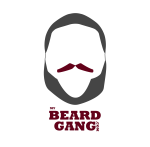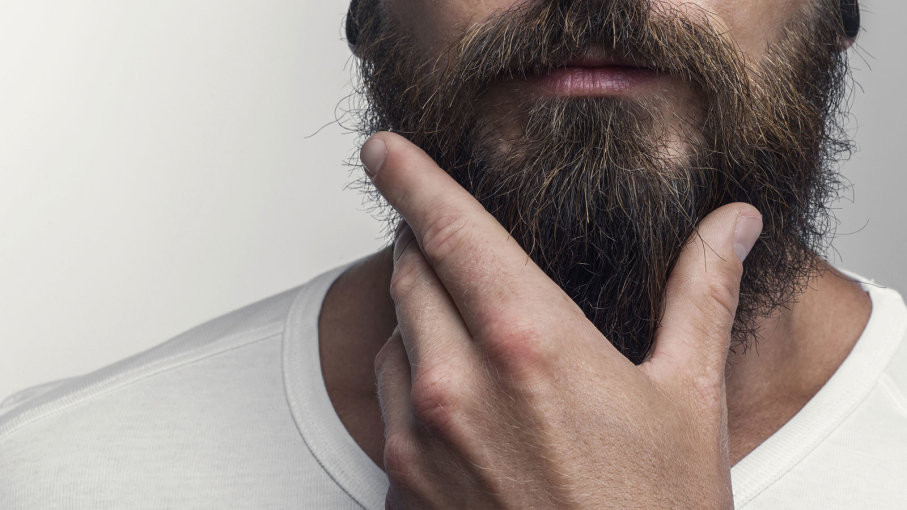How to treat beard lice: Have you heard about beard lice? Yes, lice? I mean the Insects? There are lice that torment the beard. hearing about them and probably seeing them will certainly give you goosebumps.
It usually happens to men who don’t take proper care of their facial hairs, mostly thick men with thick beards. Having beard lice can also be as a result of a dirty and unkept environment
It is quite unfortunate that some beard enthusiasts don’t look about for beard lice. It’s not even talked about. Some see these lice as a small insect that mysteriously found their way up there.
Beard Lice tend to mostly affect men with long and thick beards, these men probably don’t take out time to examine the existence of these insects and Itchiness of the beard can be one of the fragile consequence of beard lice.
In essence, Beard lice are one of the few causes of itchy facial hairs. When was the last time you scrutinized your beards for these insects? You don’t because you don’t know about them and hence the reason for this post.
Even if you take care of your beards and groom them daily you may never see or notice these insects because of their small and dustlike appearance.
According to Ammianus Marcellinus, a historian and soldier from the days of the Roman Empire. His opinion on long facial hairs was meant to be amusing, but it was also instructive – “beards can and do attract lice”.
These beards antichrist, commonly known as head lice (Pediculus humanus capitis) strongly pose itchiness in the beards as consequence.
Mind you, there are other species of beard lice you don’t know about. We will be talking about them in the later part of this article. so kindly take a seat and follow this Article.
What are Beard Lice?
Let us observe a minute of silence for beards brutally shaved as a result of the harm caused by these beard miscreants. They should be put in their place as soon as possible and we will show you how to handle them later, but let us focus on who they really are.
BEARD LICE ARE Small insects with six claws and no wings that cannot hop or fly. These Lice move by crawling; their claws hold tightly onto the strands of hair on the head and beard.
They’re grey-white or tan in complexion and they are as small as the size of sesame seeds, researchers claim they feed on human blood four or five times a day.
Lice live and breed within a quarter inch of the hair from the base of the scalp, especially near the ears and neck. Head lice may also thrive in eyebrows and beards. Beard Lice are most active at night.
Types of Beard Lice
1. Head Lice
This is the most common lice infestation. Head lice also are known as Pediculus humanus capitis. they set up a terroristic colony in the scalp, they can be found around the back of the ear, neckline etc. They are small and grey in colour, they are visible enough for you to exact your justified revenge. You should feel uncomfortable in your body.
2. Pubic Lice
Pubic lice (Pthirus pubis) also known as the crab louse are more notorious. They are called the crabs because they share very tiny similarities with sea crabs it’s just that they are small and very tiny.
Pray you don’t have an unfortunate encounter with this species of lice, it is because they are more than happy to make a cozy colony in your goatee, mutton chops or neckbeard, particularly if the hair is curly.
These bloodsuckers worse than mosquitoes are so persistent that they can live even in eyebrows, chest hair, armpits, and eyelashes, too. However, finding lice in facial hair is rare. Very rare. and that is why not much attention is paid to it.
The effect of pubic lice on a victim is very grave and should be passed for a laughing matter.
These Crabs that portray a tiny (less than 2 millimetres) appearance have rounded bodies and relatively large claws that allow them to latch onto their human hosts.
3. Body Lice
This specie of Lice are really nasty and can send shivers down your spine when you see them exhibit their wickedness. these poor creatures have the ability to jump very high. They also rely on blood sucking for survival. they mode of transmission is by latching onto Seams of cloths and then transmitting to their hosts.
Causes of Beard Lice
For the fact that beard lice are rarely talked about doesn’t mean they don’t affect a lot of people out there…here are some causes of beard lice;
- Poor housing arrangements: It is one of the primary causes of beard lice. Impoverished house arrangements encourage the growth of these lice, especially the body lice.
- Contact with an Infected Person: This is another cause of beard lice, one can get lice by direct contact with infected persons, or contact with an infected person’s belongings such as beds, pillows, headbands, briefs, towels, etc.
- Sexual Intercourse with an affected person can cause lice. that is when the genitals come in close contact with each other; and even non-sexual contact such as kissing somebody with lice in their beards. Unlike body lice that lasts for 3 days without their hosts, pubic lice cannot survive for long without their host.
Signs and symptoms of beard lice attack?
Below are some signs and symptoms of beard lice infestations.
- Intense itching of the beards
- Ticklish sensation in the lower Part of the beard or hair, which is caused by the movement of the lice.
- Slight fever
- Eye bags as a result of lack of sleep caused by the tormenting activity of the lice
- red spots as a result of small bites.
How to treat Beard Lice
All hope is not lost as there are treatments for beard lice, the following are steps to get rid of beard lice completely;
- Before taking any medications, see your doctor for prosper prescriptions
- Kindly take those bed sheets and pillows off, they are prime suspects. Wash them with steaming hot water to kill the lice.
- Wash your clothes, undies and towels with hot water
- Clean your surroundings, poor housing arrangements can cause beard lice. funny enough the cleanliness of a person cant stop lice from transmitting especially since it can be contacted by direct or indirect contact with an affected victim.
IN CONCLUSION: You don’t get to see or recognise people having these lice attack, so protect yourself with anti-lice insecticides or body creams. You can as well try some Anti-lice shampoos containing Pyrethrin or Permethrin as their main ingredients are considered the first line of defence against lice infestations.

